There is a beauty to art that lies in its freedom — there are no rules, limits to what can be expressed or necessarily right approaches. Three of Burlingame High School’s music artists — sophomore Jake Simon, senior Minjun Kim and senior Drew Lyons — have leveraged this freedom to express themselves, along the way discovering their own paths and forming unique perspectives on the process of creation.
How did it start?
Artistic passion first stems from exposure — we see the art around us, and it inspires us to share our own thoughts and feelings. Simon had been learning the piano for around four years by the time Lyons first picked up a guitar in third grade; the former took a digital music production class at the Nueva School, while the latter was introduced to the creative side of art by his guitar teacher as a freshman. Kim found his exposure online, frequently listening to Electronic Dance Music (EDM) on YouTube during the pandemic. Regardless of their prior experience or music theory knowledge, they had all become passionate about expressing themselves through music.
“My mom got me into guitar practice in third grade and I’ve been doing that every week since third grade,” Lyons said. “Around freshman year my guitar teacher [introduced] me [to music creation] and so I started making music. I loved it.”
Where does musical inspiration come from?
So long as art is tied to human experiences and feelings, no idea will be completely original. Drawing inspiration from other’s ideas has been a critical part of artistic development throughout history; often, music projects are inspired by sampling, which refers to using existing audio clips as sources to build upon.
“The recent [beats] I’ve made have pretty much all been using samples. I personally really like Latin samples. Sometimes I’ll be going on YouTube, looking for Latin songs and listening to them until I find something I like while I’m doing my homework,” Simon said.
Using direct samples in music is a practice prevalent within the hip-hop genre. It gives artists the freedom to fit familiar sounds into new and unexpected frames of reference. However, sampled audio can only be used in public works with permission from the copyright owner(s).
Kim’s method of finding musical seeds is more reliant on experimentation. His passion for creating EDM lends itself to a purely software-oriented workflow, hence many of his ideas are sparked while playing with virtual synths that emulate instruments or produce any number of preset waveforms.
“For GarageBand or Logic Pro X, you’re able to pull out pre-existing audio … samplers,” Kim said. “I get ideas [by] just messing around with instruments. I get the melodies and just sort of see [where they take me].”
Lyons and Simon prefer to experiment more organically, the former by strumming chord patterns on his guitar and the latter by fiddling with a synth keyboard. This allows them to toss around ideas in real time, often finding interesting musical pockets that they can later shape into songs.
“I’ll get a sample by just playing guitar upstairs in my house and singing over a four-chord pattern,” Lyons said. “I learned from studio sessions that most of these singers or actors that are big start by doing a catchy little phrase … they get inspiration from one little thing they did, and then later they make a song out of that.”
Many of Lyons’ projects fall into the mainstream pop and hip-hop genres, usually containing lyrics he writes and sings himself. Interestingly, the actual words and story are often more of an afterthought — he appends them onto the chords and hummed melody as a second priority to catchiness. His stories may come from visual media, literature, things he did that day and so on; he likes to search for what he calls “big-picture ideas” and then crafts each verse as a smaller section of that canvas.
“I try to stay positive, sometimes I’ll write about life. Just how life is changing, how life is improving, how I figured stuff out, how I feel lost in some areas,” Lyons said. “So yeah, a lot of life, some love songs, some upbeat songs. I try to get a variety of big picture ideas.”
Of course, not every idea has to come from an external source; inspiration comes naturally, and the concept of a song can just as easily precede the sounds. Crafting a musical work can be an evolutionary dance — constantly in motion, shifting between different feelings, and not afraid to take risks. Simon mentions an alternative sampling method, inspired by popular hip-hop producer Metro Boomin, that creates the beat in anticipation of some sample he may find to fit it.
“[I’d] create a beat and then I would find a sample to go along with the beat rather than the other way around. It’s a very interesting way of doing it — it feels very different and much more complete,” Simon said.
Ideas into sound
All three students agree that finding an initial musical spark is the hardest part. Once each has an idea in mind, they use their preferred digital audio workstation (DAW) to develop sounds through virtual instruments and edit them through various plug-ins.
Kim, who produced nearly every day during the pandemic, finds that putting together a song is relatively formulaic even though he lacks formal music training.
“I would say finding the inspiration [is hardest] because once you’re there, you’re like, ‘Oh, this is great.’ You just go from there. You add drums, you build a chord and everything,” Kim said. “I don’t [know much] music theory, [but I’ll make] anything that sounds good in my ears.”
Time has also aided Lyons in his journey — he can turn to saved musical moments from past experimentation sessions to aid the ideation process. Once that is complete, most of his work involves using synthesized instruments to create a beat to go along with the recorded parts.
“[If] my buddies make the beat for me, then I’ll [spend] more [time] recording. But I’d say about 75% of the time I make my own beat, and so that means it’s more digital audio workstation work than recording [work],” Lyons said.
Simon finds the latter part of the process easier for a third reason: he has grown adept at precisely translating the sounds in his head into physical form, whether on his keyboard or in the Ableton Live DAW. For him, coming up with ideas can be difficult and unpredictable, but mapping them is more of an exercise in technical proficiency.
“I can play by ear, so I can listen to a song and pretty much immediately figure it out,” Simon said. “That also correlates to music production. I can pretty much envision what I want to hear and then I’ll [create] it, but first I need to have that vision. So I think that’s the most difficult part for me.”
Practice helps a lot when navigating modern DAWs, since most high-end software involves hundreds of built-in features and external plug-ins that allow users endless customizability. The sheer number of available tools may lead to confusion among those less familiar with the program-specific interfaces; moreover, the sheer number of sounds makes the process of honing an idea rather particular. Above all, practice is what bridges the gap between trial-and-error iteration and skill.
Demotivation
Demotivation is no stranger to artists. Whether it’s a lack of energy or overall dissatisfaction with the product, it’s common for artists to take breaks from a project or lose interest entirely. On the previous note about DAWs, there is also an extent to which excessive musical freedom can feel overwhelming and inspire aimlessness. As with other art, it can be incredibly frustrating to have so many things at your disposal and yet not be able to mimic some imagined sound or idea.
Some may opt to redefine their standards to fit what they can produce, but Simon aspires to perfectionism. After many of his files were wiped around freshman year, he took a short break and began honing his craft by recreating songs he’d heard on Spotify. This helped him gain more control over the production process, though difficulty still arose when trying to recreate other artists’ ideas.
“There’s a lot of songs that I’ve scrapped while trying to do recreations because there’s too many sounds that I have to redo, or I can’t get the drums to sound exactly the same,” Simon said. “I’m usually not super satisfied if it’s not within what I consider to be 10% of what it [should] sound like.”
Such is the plight of the perfectionist, but demotivation comes in many other forms and is a common obstacle for aspiring artists. Kim relates to the struggle of excessive freedom, sometimes unable to find the right equalizer (EQ) settings or diagnose why a song sounds subtly wrong. Lyons hits demotivation when pushing himself to make songs despite lacking inspiration or energy.
“If I have a good idea, it’ll flow super fast. I could probably make a whole song in 45 minutes, but if I’m trying to force myself to make a song, it could be four to five hours,” Lyons said. “There are days when my ideas just aren’t flowing correctly. I can’t make lyrics fast. I can’t make my drums fast. And so because of that, I’ll just tell myself, ‘Drew, I really want to make a song tonight. I’m gonna force myself through it and I’ll spend four or five hours on one song.’”
They each have different ways of dealing with demotivation, but the most helpful tip is to take occasional breaks and focus on other things in the meantime. Kim likes jumping between multiple projects at a time, which allows him to stay productive even if he needs to take time away from some of his songs to let them marinate. Returning to them later on may reveal new inspiration; he’s even merged some of his unfinished projects in the past to rejuvenate them.
Lyons takes similar breaks, leaving half-developed ideas in folder archives to return to in a few days, weeks or even months. And even if a project never sees completion, he always has a large number of other musical seeds he can develop into songs.
Simon is somewhat unforgiving towards lost seeds — if a song doesn’t work out, chances are he won’t go back to it. He tends to work on one song at a time alongside his recreations and sometimes gets waves of motivation that propel him through a specific song over a period of a few days. That being said, he has no shortage of ideas or things to work on, which makes the withering of any one project less devastating.
“It’s just a matter of whether I feel like I can make what I’m trying to make or not. If it ultimately doesn’t sound like I want it to sound, then that’s just a problem; maybe I’ll look for it, but there’s not enough songs I lose inspiration for … for me to not care as much about [other] songs that I started,” Simon said.
Music creation — hobby, or future career?
While the modern face of the music industry often involves a pursuit of fame and fortune, many people make art for reasons other than recognition or money. Sometimes it’s to deal with emotion or create small gifts of happiness; for Simon, it’s both of those things alongside the ever-evolving catharsis of turning imagination into beauty.
“I never post any of my songs that I’ve made anywhere, because they’re always evolving. They’re always changing — I’m always changing something little, I’m always adding something little — because I think it makes it interesting. I think it makes a difference,” Simon said. “It’s more of a personal thing for me. I show some of the stuff that I’ve made to my friends, but that’s about it. I don’t see myself posting anything in the future.”
Kim and Lyons both upload their music to SoundCloud (they have collaborated on songs before) but have varied opinions on where music creation will take them. Lyons hopes to pursue a career in music production and become widely successful.
“I think I want it to be a future goal,” Lyons said. “I’m going to college near LA because I want to be in the studios around there, I want to meet people that make music around there. It definitely started out as a hobby, and now it’s a future goal of mine to make it big. And I really think I can make it big because I’ve improved a lot over just two years.”
Kim leans more towards the middle — life is unpredictable.
“I mean, if I make it. I’d be happy to go to these festivals like Tomorrowland, etc., but for now it’s still a hobby,” Kim said. “As I move on to a future life, like going to college, I look forward to making music in my dorm. So we’ll see where this brings me.”




































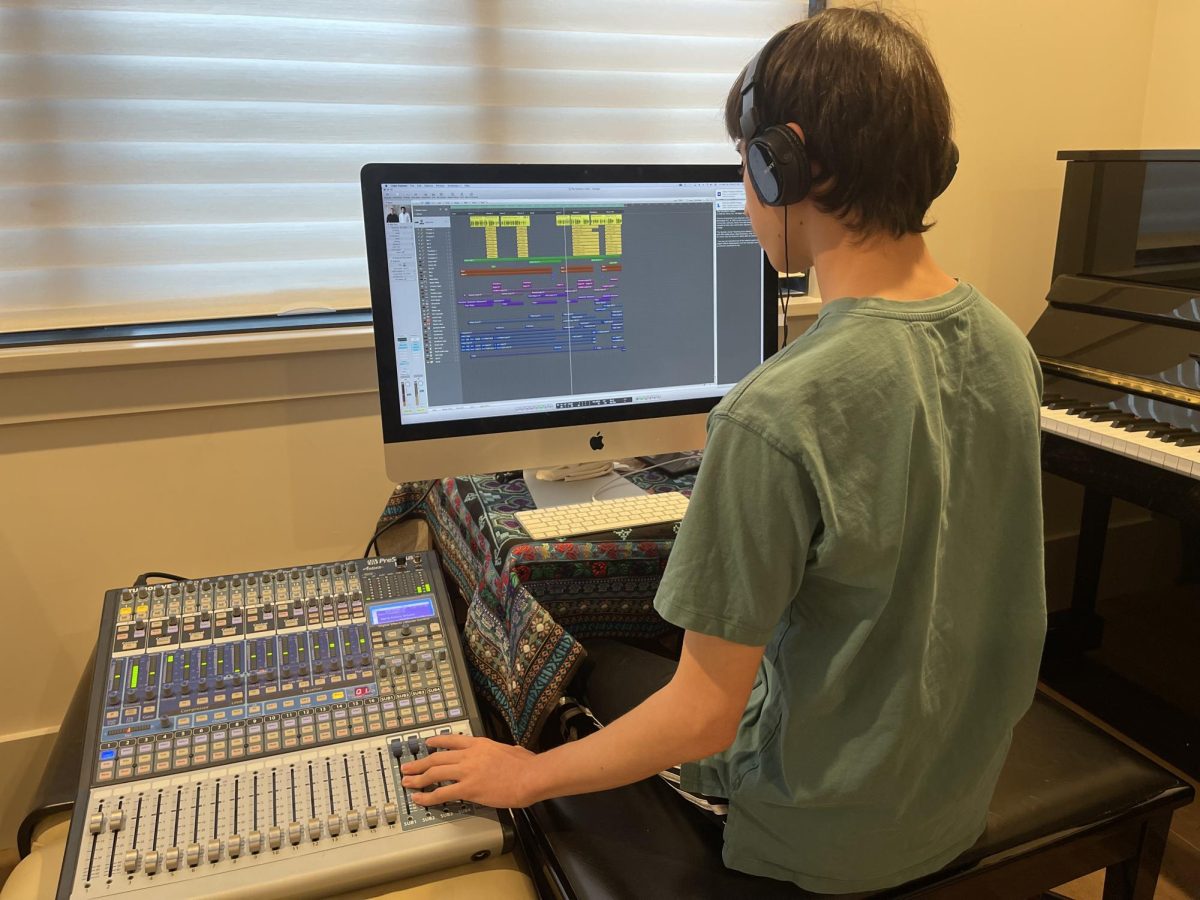
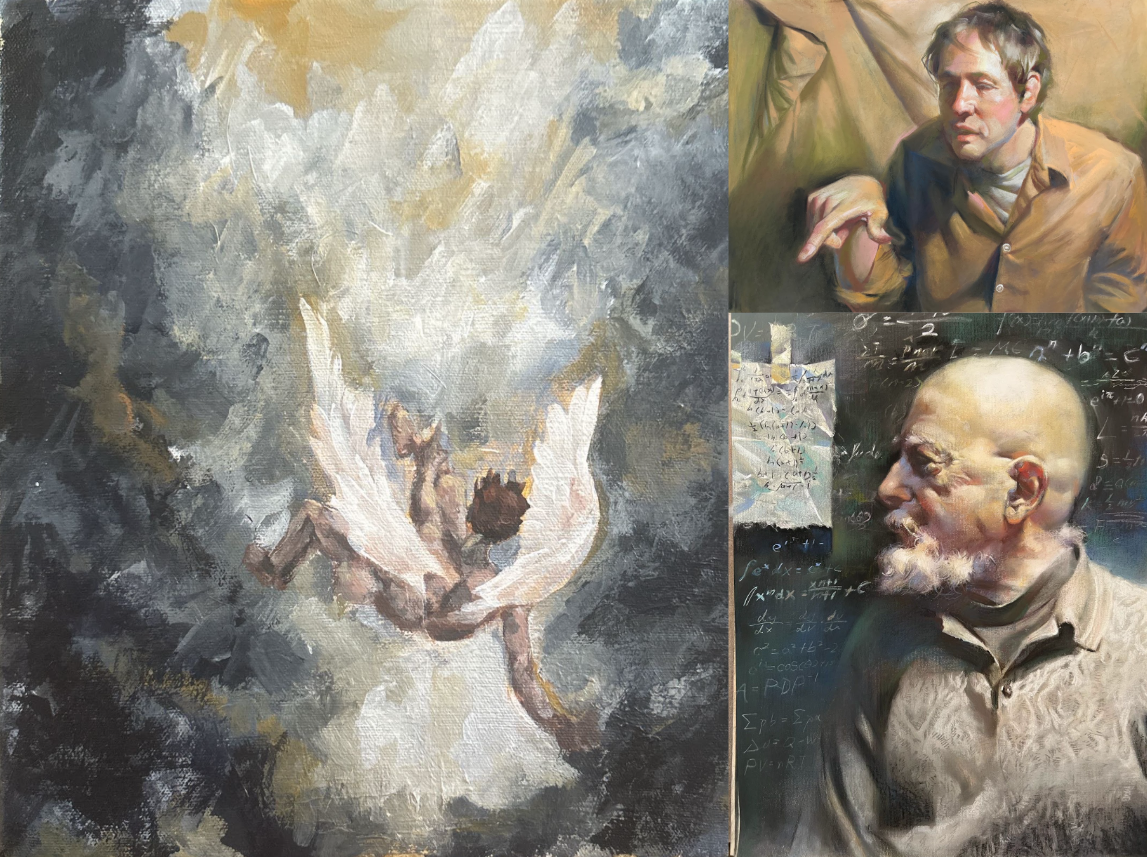


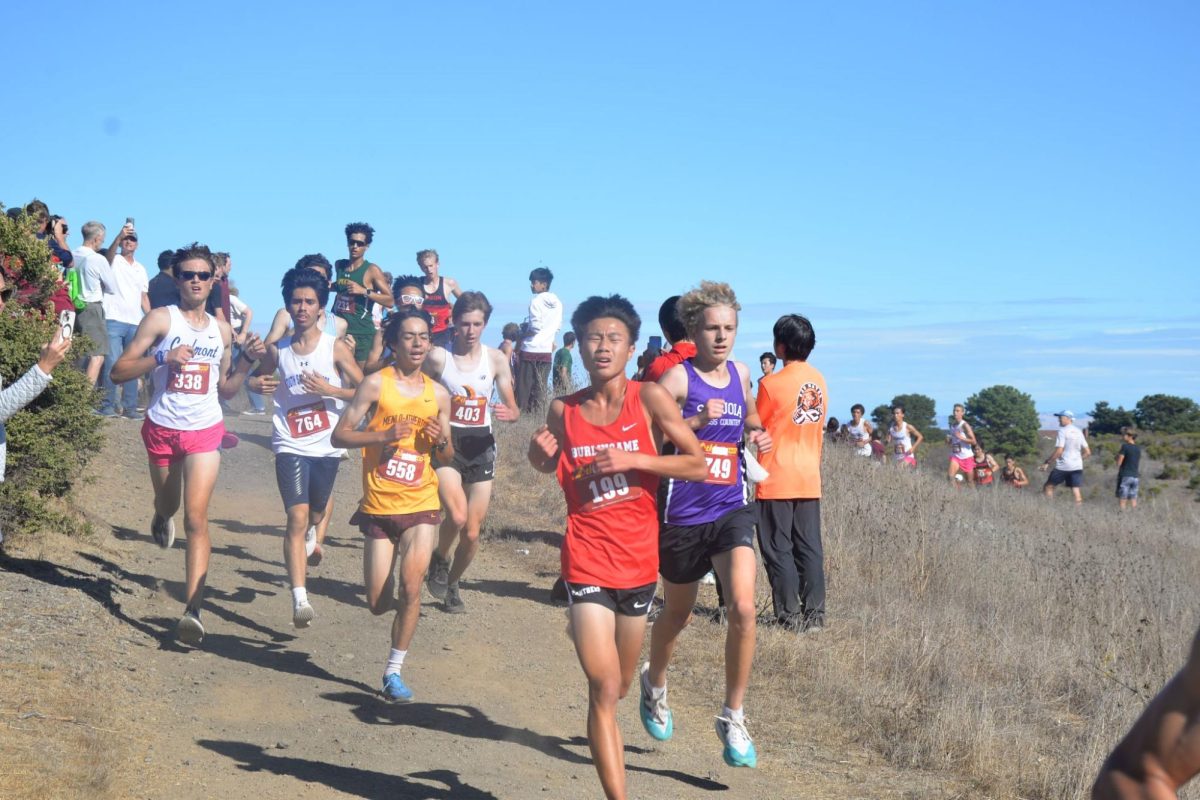
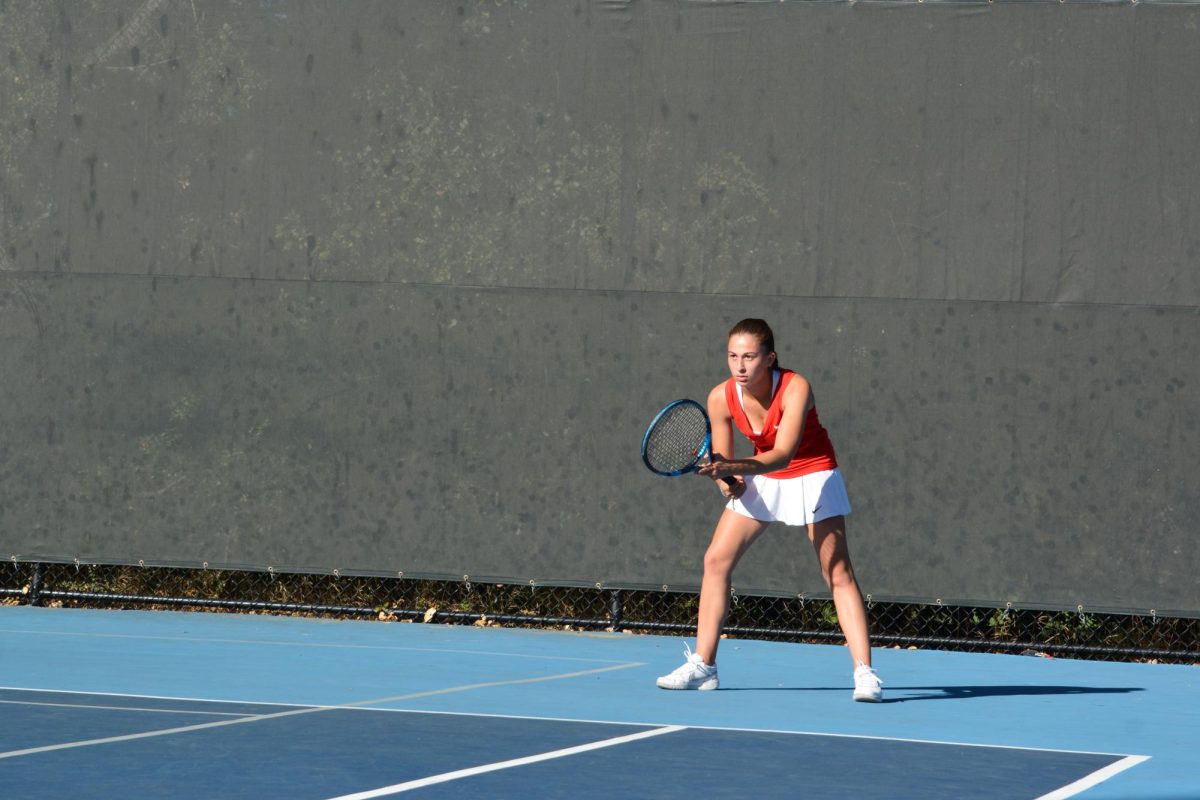

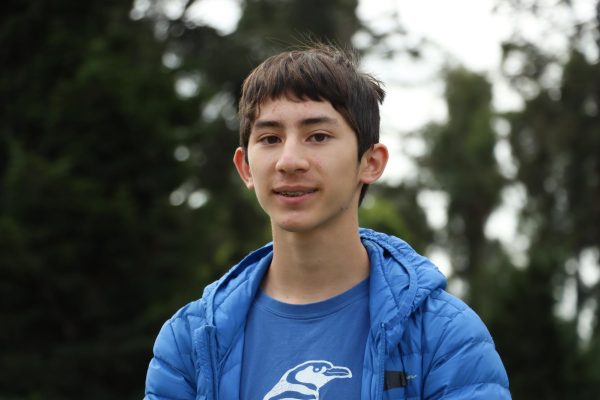
Dan Lyons • Apr 12, 2024 at 9:26 am
Love the article and good luck to the Graduates next year!
Sue Finney • Apr 12, 2024 at 7:24 am
What amazing kids! Love the creativity! Keep up the good work, boys!